Bali, a popular tourist destination, especially for Australians, is best known for its beaches, restaurants, massages, hotels and resorts and temples, eating and shopping. The best known Indonesian island, Bali is also known for its volcanic soil and the occasional volcanic rumble.
This year when our son joined us for a week during our annual visit to Bali we decided to head out of town for a day.
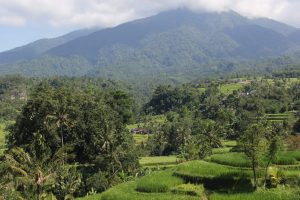

Our first stop was to look at rice terraces. Rice is the staple food for half the world’s population and its cultivation can be traced back for at least 8000 years. It is the mainstay of Balinese cuisine and features in every meal and influences every aspect of Balinese cultural life.
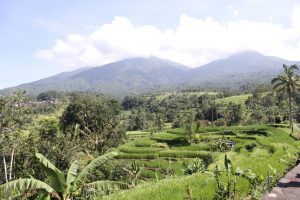

Rice paddies are managed by the local priests and guarded by water temples. These terraces are surrounded by jungle and some other agricultural activity.
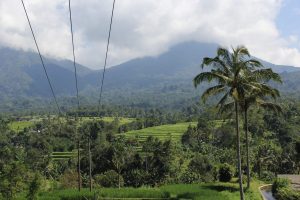

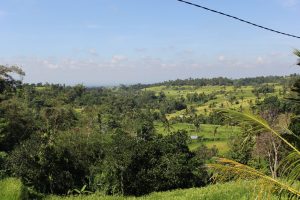

Surrounding farmland.
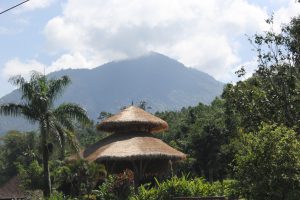

This small building is probably a gathering point for the farmers to eat in.
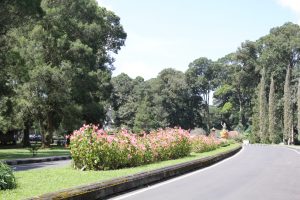

From the rice fields to the Bali Botanic Gardens, known locally as Kebun Raya Bali. This is not a typical botanical garden with beds of named specimens, but more a green place with local plantings and some wild areas, too.
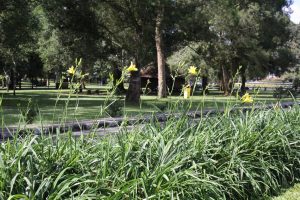

Green, clean and well looked after with many interesting plants, mostly shrubs, bushes and trees, but also some flower beds. Plant collections here include orchids, ferns, cacti and carnivorous plants.
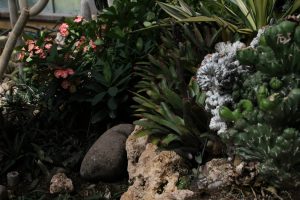

Into the cactus house.
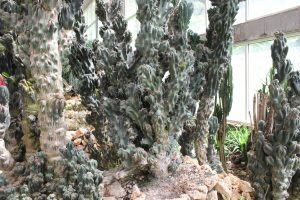

Some very strange looking cacti, especially these knobbly ones. Some locals have carved their names into the plants.
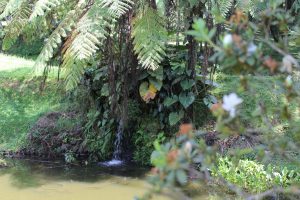

Small, natural waterfall into one of the ponds.
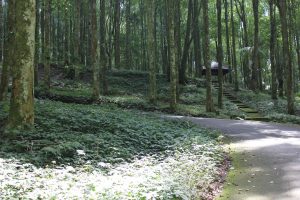

Lush, cool and green, the gardens are popular on Fridays for family picnics and bus loads of school groups or for work lunches. It’s easy to see why they’d choose this isolated and green garden to relax and eat.
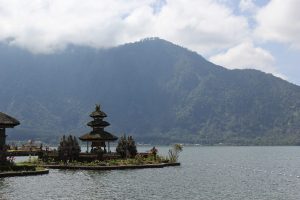

Fabulous vista of this lake and temple compound from the Botanic Garden, so this was our next stop. Beratan Lake, with its mountainous backdrop, is home to the Ulun Danu Temple, built in 1633. Architecturally beautiful with intricate carving and ornate finishes, this water temple is very important as the lake is the main source of water for irrigation in this area. There are other smaller temples along the lake shore.
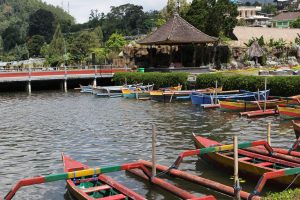

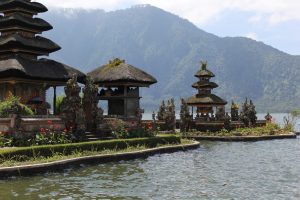

It was a little cooler in the mountains and we enjoyed walking around this temple compound and admiring the view.
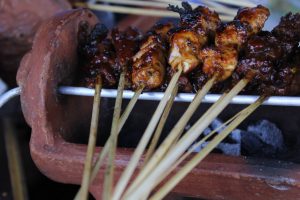

From the temple to a restaurant overlooking another valley. The satay sticks were very good and so was the coffee from their Italian coffee machine! Bit unexpected as we were a long way from mainstream Bali, but very welcome and we each had two coffees and plantan cakes.
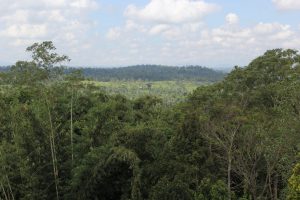

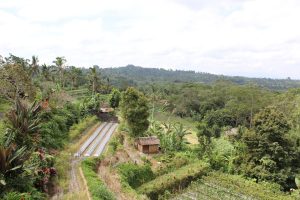

Our view from the outdoor terrace at the restaurant.
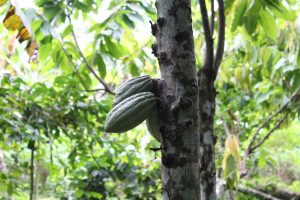

To a coffee plantation. They also grew cocoa, turmeric, vanilla and ginger which were all used to make tea.
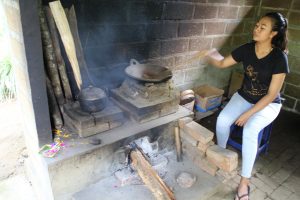

This is a demonstration of the old way of roasting the coffee bean and takes about an hour per kilo. Hot and smoky!
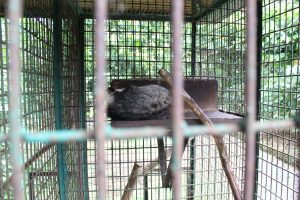

The famous luwak coffee from this area actually is harvested from the coffee beans which have passed through the civet and been collected. The civet, a cat-like animal, is nocturnal and this curled up ball is the best I could do as they were fast asleep! I didn’t try those coffee beans, either.
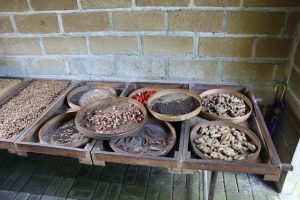

This farm produces coffee beans, cacao which they sell to a famous chocolatier in Belgium, pink, black and white pepper corns, ginger and turmeric. Lovely wander through their garden and tasting tables.
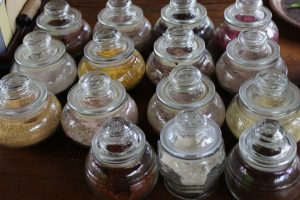

Types of teas available at the coffee plantation. We bought mangosteen tea and ginger tea, but there was a huge variety and we enjoyed tasting them all.
This was the last place on our list so we headed back to our villa in Seminyak.
Today, 25th of May, is Tap Dance Day, which began in 1989. The day celebrates the origins and heritage of the genre and remembers famous tap dancers.
